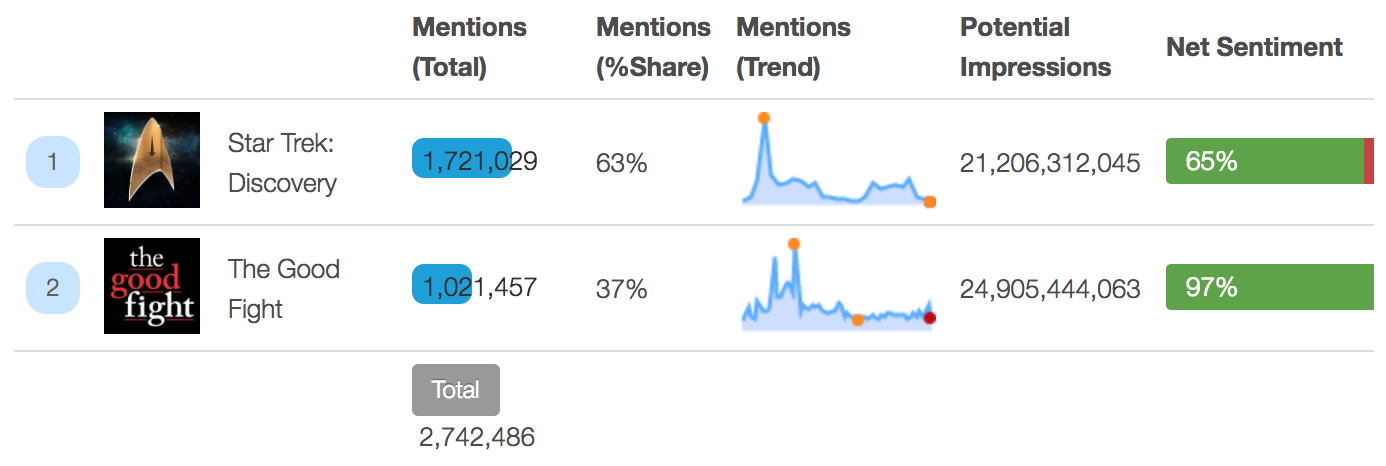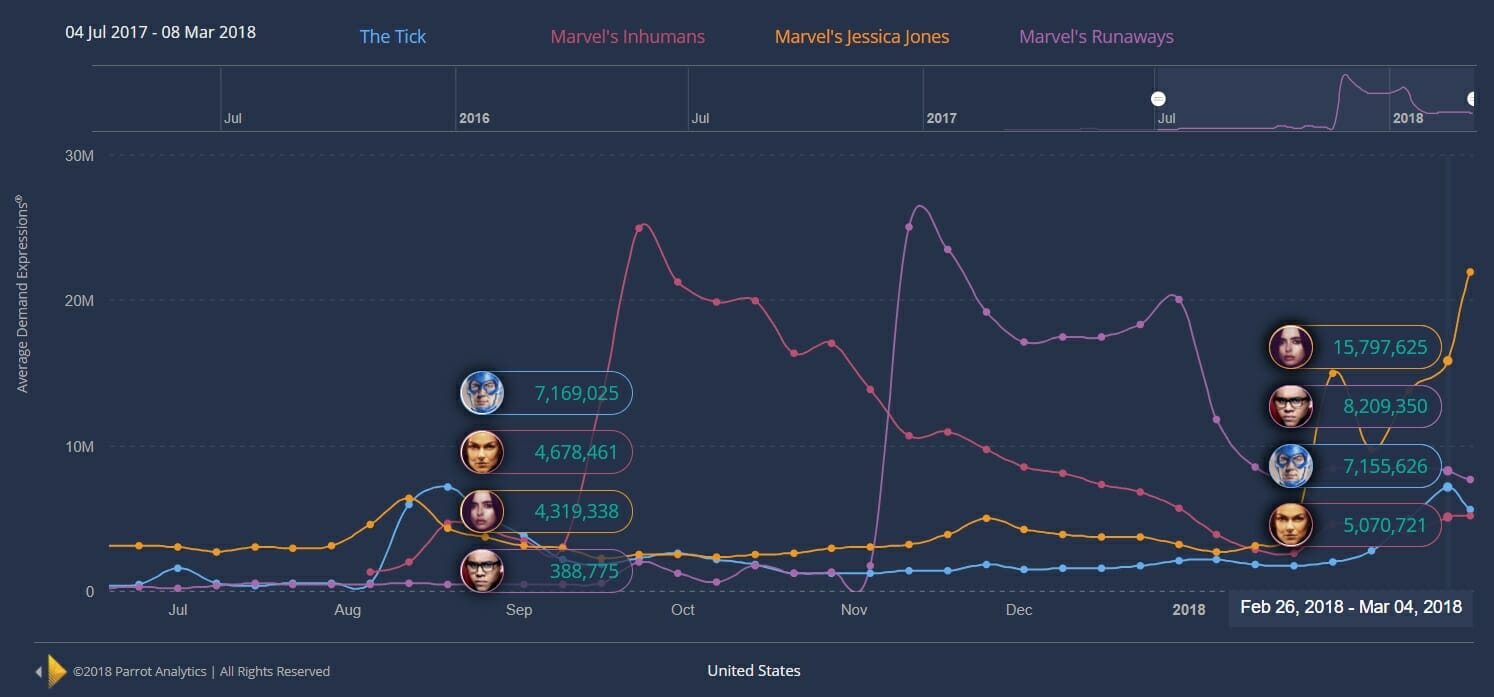The 27 billion-dollar-per-year PC gaming market has long been dominated by a handful of companies, with Steam and GOG sitting at the top of the digital download space. While that’s not likely to change anytime soon, there are new platforms giving developers and publishers an alternative.
These digital distribution platform startups are being built with gamification in mind, and have potential to create new opportunities for discovery, monetization and community engagement. Users may come to try out new tech like blockchain and cryptocurrency or stay to connect with others on a rewarded social network.
Selling games by being a game isn’t necessarily a new concept, as Steam introduced Trading Cards and achievements years ago, and their success proves how well a gamified approach can work. But even though Steam’s updates have been in step with major trends in the gaming landscape, with particular emphasis on improving its recommendations system, the overall user experience has remained relatively unchanged, leaving an opening for other platforms to present their own approaches.
Robot Cache, a decentralized digital game platform founded by inXile Entertainment CEO Brian Fargo, will use both blockchain technology and a type of cryptocurrency called Iron Tokens (based on ERC20 tokens) for its transactions, but conventional money will also be supported. Unlike open-market cryptocurrencies such as Bitcoin, Iron will have a fixed value for transactions.
According to Fargo, who spoke with AListDaily, cryptocurrency opens a number of gamification opportunities as users mine it or receive Iron as rewards. The platform will launch by airdropping millions of dollars worth of Iron Tokens into the ecosystem, seeding the market and encouraging users to come to the platform to cash them in. Iron may also be distributed through friend referrals and as a reward for users helping to maintain the network.
Another upcoming platform is Kartridge, which was announced by game publisher Kongregate in March. The community-based platform is expected to launch this summer with a mix of Kongregate-funded games and titles from third-party developers.
Kongregate CEO Emily Greer told AListDaily that the company intends to engage with its existing users through its online portal, email and its PC games, as the most important factor to attracting people will always be content.
“We have a lot of advantages, given our long-term trusted relationships with thousands of developers,” said Greer. “We’re reaching out and working with them to bring content.”
Kartridge will handle the marketing for these games on the platform, thereby incentivizing exclusivity deals with developers. Greer also said that the platform may offer a higher revenue share during the exclusivity period.
“We have a lot of experience doing marketing and outreach, mostly on the free-to-play side, but also on the PC browser side over the years,” explained Greer. “We’re taking advantage of our built-up knowledge to do shows, [create] ads and [work with] marketing influencers.”
Blockchain-Backed Trust
Robot Cache applies blockchain cryptology to the sale and development of digital games and their related items and services, meaning that the ownership of games and digital goods can be accurately tracked and ensuring that they cannot be copied. This makes it possible for both players and publishers to profit from their resale—something that has benefited physical retailers such as GameStop for years but until now has been almost impossible for digital stores.
SuperData senior analyst Elena Fedina said that having digital trade-ins may sound lucrative at first, given how developers and publishers are left out of the loop with trade-ins while GameStop profits greatly from them. But her concern is that the feature may be less attractive to large developers, who may not want to partner with a platform that can potentially make more money from resales than they will. A platform lacking the wider reach and higher-quality content of major developers may have trouble establishing a foothold.
Fargo responded to these concerns by stating that users will receive 25 percent of resale revenues, and developers will have full control over adjusting that amount. Publishers may even choose to increase the percentage users receive to encourage more resales.
“It is my belief that they will discover that giving much more than 25 percent will not affect their sales,” said Fargo, pointing to Humble Bundle, where users name their own prices for games. “If that model destroyed your back-catalog business, it would end tomorrow. But each publisher goes back to it knowing that it doesn’t. As those numbers start going up, it’s going to become an even bigger game changer.”
Robot Cache proposes that publishers and developers take in 95 percent of proceeds from new game sales, instead of the standard 70 percent most other platforms use. It also intends to complement its blockchain and cryptocurrency systems by being open source—meaning that developers can create custom APIs for a variety of different functions that all creators would be able to take advantage of. Not only could this create Robot Cache–exclusive applications, but would also have the potential for new monetization opportunities.
“With open source, I believe that developers will come up with functions that have not been done before,” said Fargo. “On top of it, there will be functions that are very blockchain specific. For example, users can trade items and always know that they’ll be one of a kind on the blockchain.”
Fargo referred to CryptoKitties, a blockchain-based game that lets users purchase, collect, breed and sell virtual cats. The technology ensures that each cat is completely unique and cannot be copied, and other games can adopt similar types of scarcity principles to monetize their own digital items.
Foundational features such as game discovery and community engagement are still in development, so it’s unclear how well publishers will take to it at launch. However, there are other uses for blockchain technology in the gaming space. Potential applications include crowdfunding, where smart contracts will enable backers to receive a portion of the game’s proceeds without the risk of fraudulent developers failing to make good on their promises.
Gamified Community Engagement
Kartridge will launch with a focus on premium games, but it will also support free-to-play, pay-what-you-want and ad-supported games, as well as rewarded video monetization. Developers can decide on their own pricing and which revenue systems work best for them.
Greer describes the shopping experience as a cross between being part of a social network and playing a game. Users will be able to connect with each other and developers via chat and other social features—collecting achievements, earning rewards and “leveling up” their accounts by doing so.
“We’re building a platform that’s focused on indie developers and moderated social connection between players and developers,” said Greer, “something that makes a rich and meaningful experience.”
Although Kartridge intends to leverage the community and features built on Kongregate.com, the company decided to create a new brand to avoid upsetting its users by introducing too many changes. Kartridge will deal primarily with premium games while Kongregate remains focused on browser-based games, which grew by 50 percent in revenue last year, according to Greer.
Through Kartridge, communities can be built around specific game brands, genres or titles, giving developers and marketers an opportunity to engage with audiences more directly. Rewards such as personalization items offer incentives for users to discuss games and engage with their creators.
The gamified platform will also help with discovery, with a personalized recommendation system that will surface titles to relevant audiences. Additionally, store pages will feature continuous video loops of gameplay, coupled with animated icons that can be moused over to reveal more information.
“We’re taking pages from what we’ve learned on Kongregate.com in terms making sure every game gets exposed to a reasonable number of players so that we can help identify what’s rising,” said Greer. “We use a lot of features to not only put things on charts and editorial banners, but using systems like achievements and other types of player featuring.”
One example is “Kongredate,” which is currently on Kongregate.com. Players take a quiz to be matched up with less exposed games. Greer said that it is one of the most popular features on the site and that it is the kind of personalized content matching users can expect from Kartridge.
Fedina claims that Kartridge has a significant advantage due to Kongregate’s dedicated community. She added that the upcoming platform could be financially profitable, but it’s difficult to predict how successful it will become since there is no clear selling point at the moment. However, both she and Fargo stated that Kartridge has a very good chance of competing with Itch.io, the current third-place platform in the digital PC gaming marketplace.
With major publishers such as EA, Ubisoft and Zenimax creating their own digital storefronts, Fedina said that there’s plenty of room in the PC gaming space for new platforms to rise.
“It comes down to having the dedication of their player base,” she explained.


